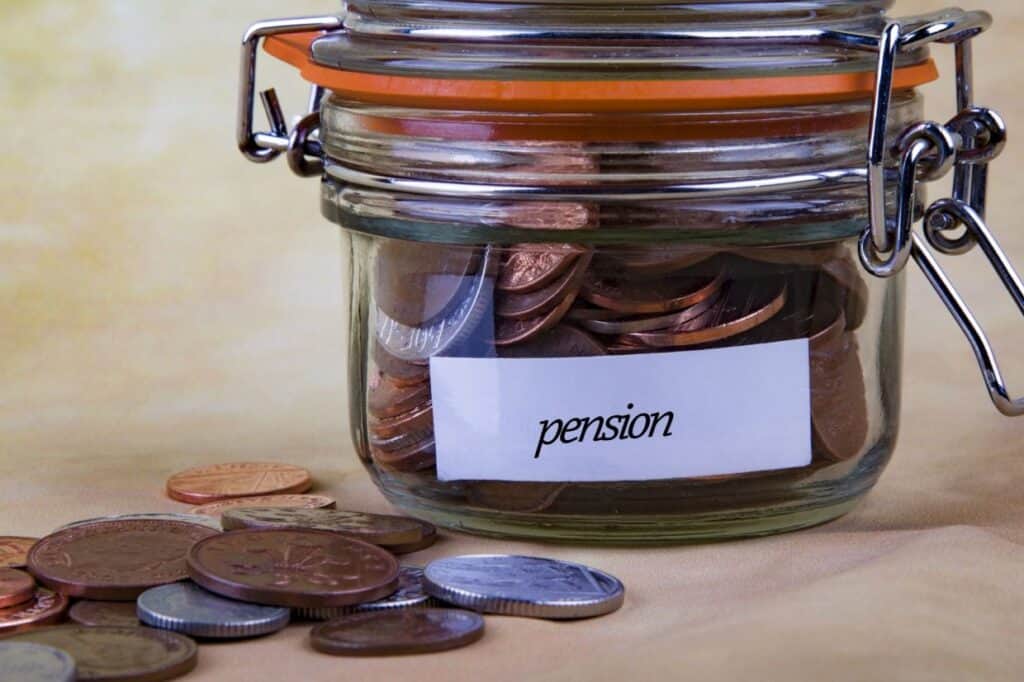
ARE you saving enough for a secure retirement?
If you are still grappling to answer that, or think you are too young to worry about post-retirement, you may want to relook at your choices. This is also to avoid nightmares when you run out of money in your golden years.
The Covid-19 pandemic has not helped. It has forced some to break their retirement jar to ride through the period.
Financial security and independence is important in retirement. To achieve that, you may need to cut back a bit now to accumulate for the long-term.
Planning now helps address the higher living cost, steep medical cost and premiums, inflation and even longer life expectancy.
“We think when we retire we will spend less. In reality we spent more, especially on medical care as the medical inflation rate is about 15%, ’’ Success Concepts Life Planners chief executive officer Joyce Chuah told StarBiz.
When should you start planning?
“Yesterday. The second best time to start planning for retirement is today, ’’ said Rajen Devadason, a licensed financial planner with Manulife Investment Management (M) Bhd.
In fact, retirement planning should begin as soon as you start your first job. Saving early allows you to maximise on compounding interest. This is interest that earns you interest.
Reports say if you put 15% of income aside every month, you have a better chance of making it through retirement. But most people save only 7%.
How much you need depends on the lifestyle you want to lead after retirement. You have to decide if you want a kampung or big city and how much will you be happy with – RM2mil, RM5mil or more.
A good gauge of how much you need monthly will be 80% of your last drawn salary, a report said.
“Visualise what you want when you retire. That sets you up as to how much you need monthly, ’’ suggested Joyce. She wanted to retire at 45 and with planning managed her financial independence at 30.
Devadason said about 85%-90% of his clients need between RM500,000 and RM20mil for their long-term retirement funding.
How to go about planning?
He offers a route – look at your current expenses, knock off expenses that will not be around later, and add what will kick in at retirement. Figure out your present personal inflation rate and add a few percentage points to that in retirement to compensate for higher medical costs with age.
Stay out of debts and build a solid emergency buffer fund/emergency fund of between three and 12 months’ current expenses.
“Construct and heed a written budget. Learn to spend less than you earn, save and invest the difference, and do so for a long time. In retirement planning, take time to learn about financial planning and investing, and even consider a licensed financial planner to help you, ’’ he said.
Joyce added that asset allocation and a diversified portfolio are vital to reaching financial goals. But one needs to know and understand the instruments needed to accumulate wealth.
“Simply put, don’t marry someone you don’t know as you do not want to be taken by surprise, ’’ she said.
Don’t discount your Employees Provident Fund (EPF) savings as part of your retirement fund. Apart from the monthly contributions, you can increase your EPF savings though voluntary contributions of up to RM60,000 a year. You can keep the savings in EPF to earn annual dividends up to 100 years old.
Devadason uses two funding models – capital liquidation and capital preservation to plan for retirement.
“In constructing retirement funding portfolios, I typically use three, four or five distinct asset classes selected from cash, fixed income (bonds), equities, investment real estate (brick and mortar, and REITs) and alternative investments (in my case, specifically commodities), ’’ he said.
He adds that over long periods, equities generate the highest returns.
“In this present environment of falling interest rates, bonds and REITs give us an opportunity to lock-in higher returns for as long as interest rates keep falling and the quality of the underlying investments stay high, ’’ he added. He warned that taking too much risk will lead to portfolio implosions and capital losses.
Discipline is key in any investment, so is timely reviews.
“If you have a plan and purpose, stick to it. Don’t let inertia and anxiousness take over you. Don’t be too distracted by the volatility in markets if you are a long-term investor. Be consistent, be disciplined to reach your financial goals so that your cash does not run out before your life does, ’’ Joyce said.
She recommends half-yearly reviews initially and subsequent yearly reviews. This review is to re-balance, restructure your portfolio against the dynamic investment backdrop at that point of the review, she adds.
But anything could go wrong with your planning as investing is about performance and not all instruments give you high returns.
A balance portfolio should be one with boring, aggressive and stable instruments. It is about finding the “sweetners” that allow you to gain from your investments. Of course, the risk is always there, and disappointments too.
“You could end up with bad markets during the initial years of retirement, ” Devadason said.
“Drawing living expenses from falling capital sums will hurt your capacity to fund future years. That is why a diversified portfolio that also contains safe and liquid cash and bonds is crucial, ’’’ he said.
Joyce adds that the emotional sentiments often drive people to make rash decisions in investments. So, be mindful of that.




























